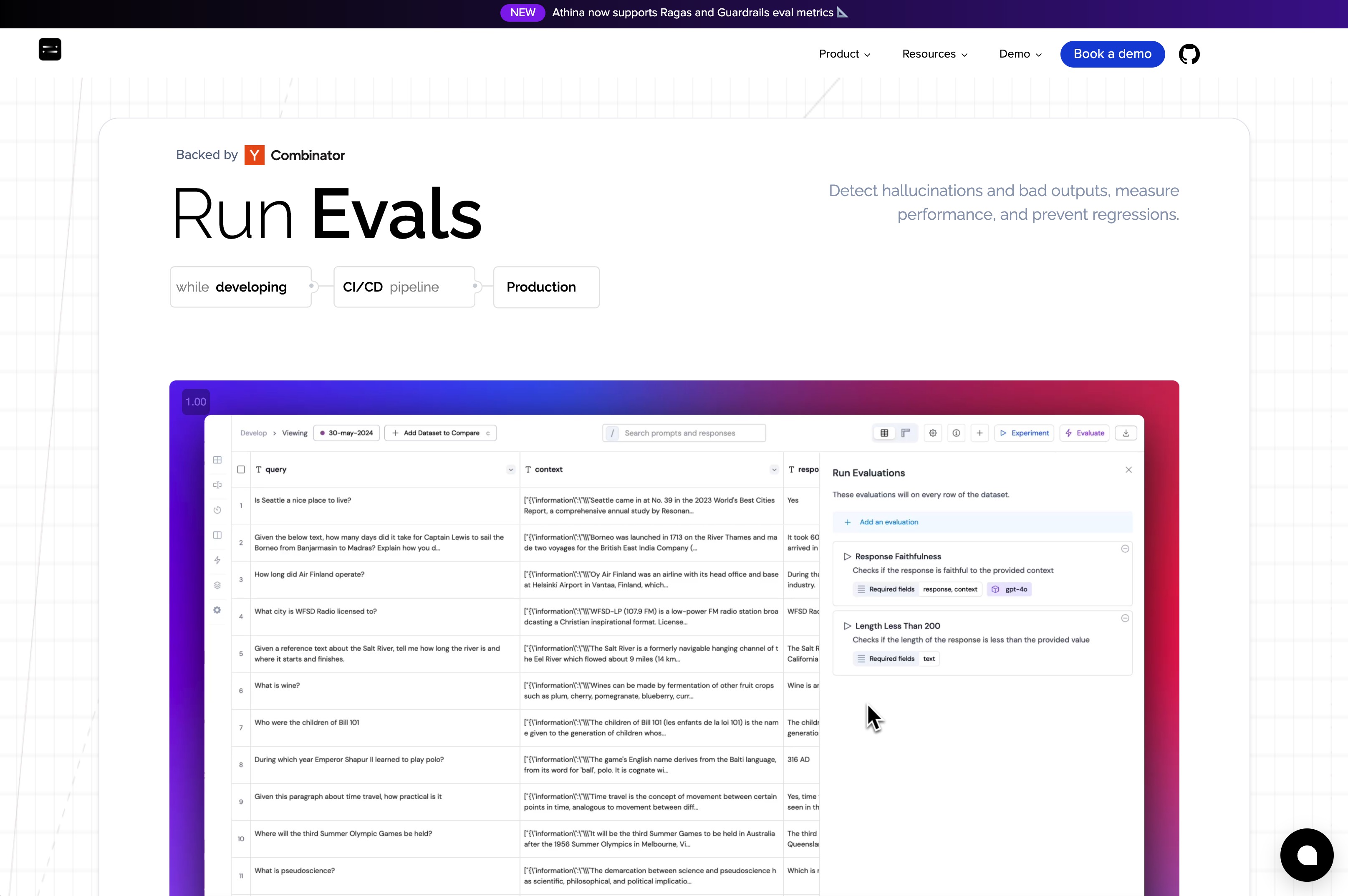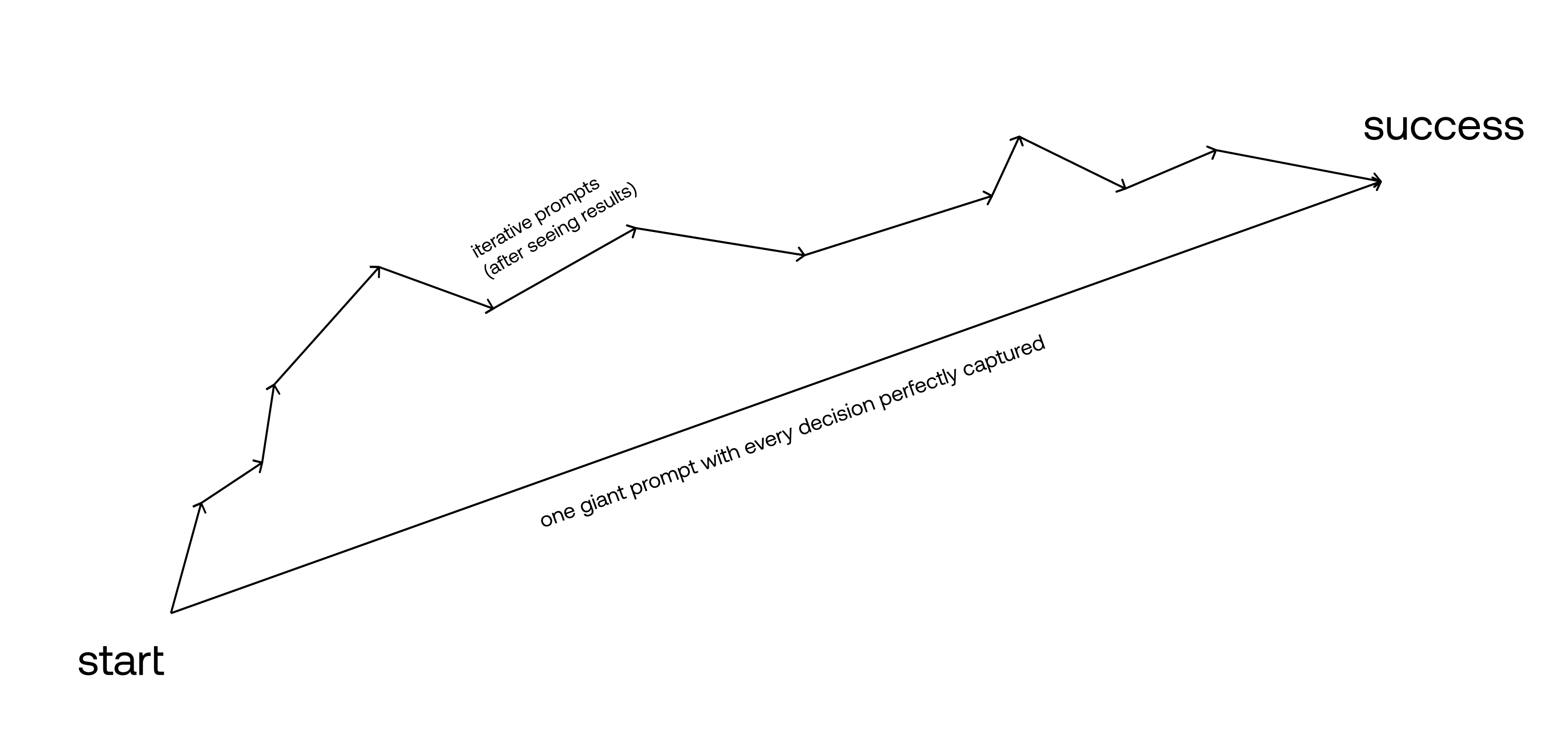Writing with Vibes: Getting ChatGPT to write like you
If you love vibe coding, you should try vibe writing.
I spoke with a bunch of writers and marketers recently about how they use AI, and literally every single one said "ChatGPT can't write like me."
These weren't garden variety luddites either. These are people who really want to leverage AI for writing, but they all had the same complaints:
- "the output feels robotic"
- "it doesn't sound like me"
- "It takes me longer to edit GPT content than write from scratch"
This didn't sit well with me. I've built complex applications using nothing but vibe coding—so how can AI completely transform programming while writing – the most obvious use case for AI – still frustrates professionals?
I knew they were right because I'd experienced it too. Generic, soulless output that sounds like every other AI-generated blog post you've ever skimmed.
But I think I figured it out.
The problem is that you're delegating, not vibing and thus unable to steer with precision.
The real question is how do you steer with precision?
"But ChatGPT can't write like me"
It turns out that's a YOU problem.
If I asked Cursor / Bolt / Lovable to generate a landing page for my website, this is the shit I get.

.
.
.
But if I vibe with it, and steer it with precision, then this is what I get.

Both of these websites were AI generated. The difference is steering.
Cursor found product-market fit because it solved the steering problem. Developers love being able to just tell an AI what they're trying to accomplish and have it figure out the implementation.
Cursor works because it keeps humans in the driver's seat.
You make thousands of micro-decisions while coding. Many of those decisions are made while you are deep in the flow of interacting with the code and testing the app.
Think about the difference between Cursor and Devin / Codex. Devin and Codex ask you to make every decision upfront, then go off and try to build everything autonomously. This breaks down for complex projects because you can't predict every choice you'll need to make.
Cursor lets you steer incrementally. You code a small piece, test it out, evaluate, adjust, fix minor bugs, review and tweak the details, test again. You stay in the flow.
Writing needs the same thing: collaborative steering. i.e - vibing.
Ideally, with you in the driver's seat steering.

What is vibe writing, exactly?
To vibe code is to materialize code / application from your ideas. To vibe write is to materialize written content from your ideas.
Consider vibe coding – you no longer need to be building everything brick by brick.
With vibe coding, you need to have a very clear intent about what you want to build and be able to specify that with precision.
But you do not need to implement it yourself. The agent is responsible for implementing. If your instructions were clear and precise, the agent will do what you would have done.
So the skill is to get really good at telling AI exactly what you want.
It's the same with vibe writing.
The steering problem
But steering only works well if you have enough context.
Here's a rule of thumb:
You need 5x as many tokens of input if you want good output. For a 1,000-word essay, you need roughly 5,000 tokens of context.
This is why AI coding works but AI writing doesn't.
Coding agents like Cursor and Windsurf gather massive amounts of context from your codebase. They look at your files, recent edits, relevant imports, project structure—everything. Every token of correct output is built on the back of a lot of context.
But when you're writing in ChatGPT? You're writing in a vacuum. There's no codebase equivalent for your thoughts, preferences, and voice. Most people just give it a prompt with a few sentences:
Write an essay about how AGI will impact software engineering jobs.
Note how this prompt contains zero information about your ideas, opinions, voice, or style. So how exactly do you expect it to sound like you?
Why voice is the big unlock for writing
How many people can sit and type 5,000 tokens of context into a textbox (not copy-pasta content, but actual thoughts from their own noggin)?
I can't think of anyone mad enough to do that – it would take DAYS.
Unlock 1: It's easy to get thousands of tokens of context through a conversation.
5,000 tokens is ~30 mins of conversation, something we do every single day.
Voice conversation is natural, which makes people MUCH more generous with context.
Unlock 2: Back-and-forth conversation can help you clarify ideas more precisely
If you incorporate AI into the planning or brainstorming stage, you can get it to ask you questions to help you refine the ideas.
These questions will help you get more precise with your steering, and will have a strong correlation with the questions that your readers will have.
So the AI will guide you, but ultimately you still make all the decisions—it will sound like you!
Try it out yourself
Open a voice transcriber and ramble about an idea you want to write a blog post about. Ramble for 15+ mins, and dump everything you can think of.
Then paste the transcription into ChatGPT, and give it the following prompt:
I'd like you to write a blog post with the following title: <BLOG_POST_TITLE>
Structure it as coherent stream of consciousness designed to make the following point: <BLOG_MAIN_IDEA>
Here are my raw notes:
<RAW_NOTES>
This is very rough but it will work wonders.
Here's an interactive app demo that you can try out:
How to level up with vibe writing
Start by dumping all your raw thoughts into notes. Don't worry about structure or flow. Just get your ideas out of your head.
Then talk with AI about your ideas. Have a dialog, a conversation – like with a friend. AI can ask you questions that your readers will care about as well. It becomes a conversation partner who helps you clarify your ideas.
This will help you steer with more precision so that you are still shaping the ideas.
Now the AI starts writing, but you're constantly steering. You're making decisions about tone, emphasis, examples, structure. The AI handles the sentence-level craft, but you're directing the creative choices.
Finally, you can review and edit through more conversation:
- "Make this section more direct."
- "Add an analogy here about
."
This gets easier if you add rules for your writing style. Great vibe writing needs great rules — just like Cursor.
You can specify context-specific preferences: how you write emails vs. blog posts vs. tweets. Style guidelines: your preferences, structural patterns. Inspiration sources: other writers whose styles you want to reference.
The more you use the system, the better it gets at writing like you. Not because it's copying your existing writing, but because it understands your preferences and decision-making patterns.
This is hard to solve
Two reasons.
First, people underestimate the context problem. Building something that truly sounds like you requires massive amounts of context about your thinking, preferences, and style. Most AI writing tools barely scratch the surface.
Second, nobody's figured out the steering balance. Too little steering and you get generic AI prose. Too much and you might as well write it yourself. The sweet spot requires back-and-forth conversation, not one-shot prompts.
The key factors are how well you can convey your thoughts through conversation and how good the AI gets at understanding and implementing your direction.
Yes, great writing will still takes hours. But it will feel more natural - like discussing ideas with a friend.
It will allow anyone with great ideas to express them in a compelling way through writing.
I believe this is the birth of a new form of creative expression.
Vibe Writing.